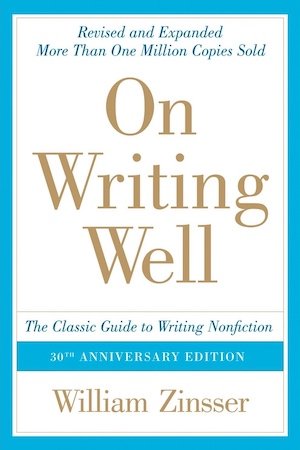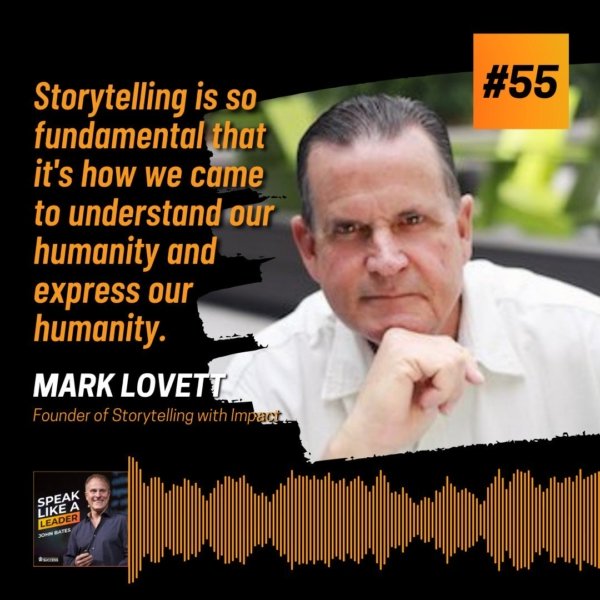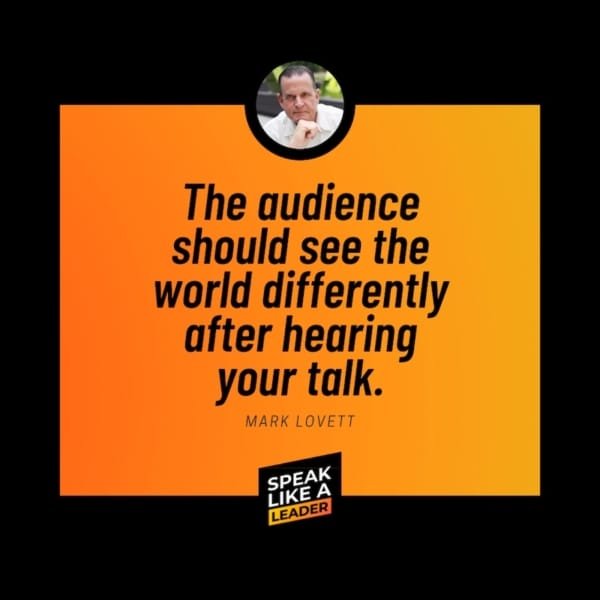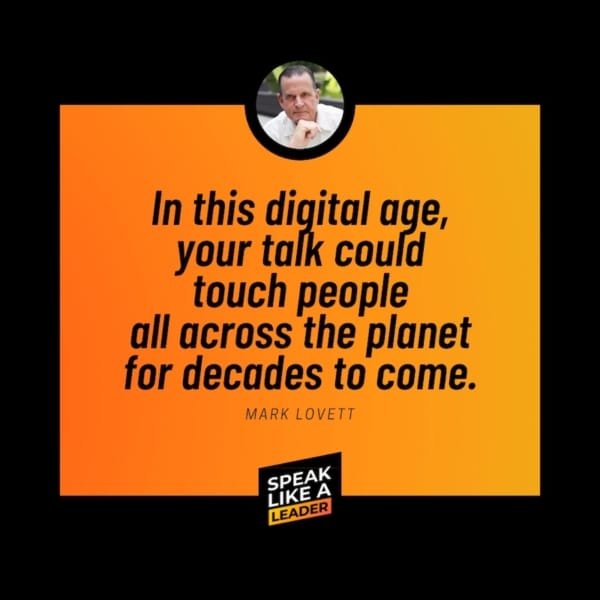What if community is built by sharing stories we hide?
Sónia Silva is a master storyteller. It’s as simple as that. Full disclosure, I do know Sónia as we’re friends who also work together on the TEDxLisboa curation team. So I was quite happy to hear that she was going to give a TEDx talk of her own at TEDxPraça Gil Eanes in Portugal. Her talk, What if community is built by sharing stories we hide?, speaks to the ability of our personal stories to connect people, and in doing so, strengthen communities. If you have a story to tell, but you’ve been holding back, this is a story that you should listen to.
Sónia Silva is a communication coach and trainer specializing in voice, storytelling, and public speaking. With a Master’s in Clinical Linguistics and a background in speech therapy, she combines scientific knowledge with a coaching approach to help entrepreneurs and leaders develop their vocal expression, refine their message, and deliver it with confidence and impact
There’s so much wisdom in Sónia’s talk, so much so that I can’t highlight it all, but here are five pearls of wisdom that resonated with me.
But what if the real glue between us isn’t sameness, but the courage to live our own really messy human stories?
Stories turn strangers into people we care about.
Tell your story, even if it’s messy, even if your voice shakes. Create space, build community, not to fit in, not to perform, to belong.
Empathy doesn’t come from headlines or from data. It’s emotional education by direct exposure without someone else’s filter.
When we find meaning together, we co-create future. When we find meaning together, we co-create relations.
As I’ve written about many times before, the essence of personal storytelling is sharing a part of your life experience with others, so that they can understand themselves, their community, and the world at large in a new way.
And I loved her mentioning “messy human stories”, as every person I’ve worked with over the years had a messy story to tell in some respect. Truth be told, they didn’t always tell the messy parts, which was a shame, as what’s different about us, and discussing what didn’t work out the way we wanted, forges a stronger connection with those hearing your story.
Remember my opening line? Where I mention Sónia is a master storyteller? Well, consider this a masterclass in how to craft a compelling story that includes you — the storyteller — but focuses on the wisdom that you bring to an audience. Watch her talk (at least once, preferably more) and read the transcript below. You’ll find it’s time well spent.
Transcript
I remember the moment the doors swung open and I saw 25 kids stare me up and down. I was six years old, and I did what I knew best. I hid behind two large trees: my father’s legs. We had just moved from Germany to Portugal, to Lagos, my family’s hometown. And my mother gently assured me, “Darling, don’t worry. In Portugal, all the kids are just like you.”
What does that even mean when you’re six? Sure, I spoke Portuguese, sure, I looked Portuguese. I still do. Brown eyes, brown hair. But the way I dressed with funky leggings and Birkenstocks, and my references, and the way I carried myself, it was all German.
I forced myself into a new story, one that said behave Portuguese, and I started to perform belonging. I pushed my parents to buy me a new backpack and new clothes, like a round collar shirt I hated, just to fit in. And you know the funny thing? Back in Germany, all I dreamt about was being blonde.
This in-between feeling made me write stories to cope with it, and to feel seen. So, look around, and I mean it. Look to the person behind you, to the person next to you, please. How many times have you changed who you are, your tone, your clothes, perhaps even the way you love, just to fit into one narrative?
We bump into each other, we wave at our neighbors, and yet, our stories remain unheard. Are we a community, or just people sharing time and space? We think community or belonging is about sameness, you know, same beginnings, same milestones, same endings.
But what if the real glue between us isn’t sameness, but the courage to live our own really messy human stories? What if instead of asking where do I fit in, we ask what story do I bring? That shift turns us from spectators to co-creators, and from performing to really showing up. And as we scroll our life away, I think this is deeply needed.
My old shyness made me help people find their voice as a communication coach. And today I want to share with you how public storytelling helps us build stronger communities and find our voice as well. So, my first real taste of public storytelling was Humans of New York.
I stumbled on a post and I saw an old street cleaner sitting in a bench. He was remembering how he used to play there with his little brother, and how he used to protect him from the monsters of the neighborhood. That park was their safe place, like my father’s legs were mine. So, different story, different time, but same emotion.
That hit me. Stories turn strangers into people we care about. Brandon Stanton wasn’t trying to save the world, to preach, or even to sell. He just listened to stories, he took pictures, and he shared their exact words. It started a global craving for stories, of regular people, anonymous citizens, like us, not celebrities. And why? Because they resonate.
There was also The Moth, a live stage where people tell their personal stories. Just guts and grace. In a dark room full of people, they cry, they laugh, and they breathe in sync. And what about Human Library? Even better. You don’t borrow books, you borrow people. And you sit with them face to face.
Someone society has deep stigmas about. And you read through their life with an honest conversation. What these projects have in common is that they were built with and for community. They started small, and they had volunteers who believed in the power of stories to create change. No fancy setup, no forcing, just curiosity and presence.
What moves me most is what they teach us. Empathy doesn’t come from headlines or from data. It’s emotional education by direct exposure without someone else’s filter. In public storytelling, you don’t end with a solid, moral conclusion. Each one has the freedom to pick what they want. And that’s totally the opposite of how I was taught stories at home or at school. If you missed that one correct answer, you failed the test. Do you remember that?
Now, I know what some of you might be thinking: “Oh, there she is, telling that we should reveal ourselves to the world.” Well, no. That’s exactly the myth I want to break. Being yourself doesn’t mean being by yourself. Personal stories are not narcissism. They are invitation. Have you ever wondered why so many TED talks have personal stories? It’s not coincidence, and it’s backed by science.
Researcher Paul Zak explains that when we tell an emotionally engaging story with a good structure, you trigger oxytocin, the hormone that is responsible for trust, connection, even community. So, when we share something, and it doesn’t mean a secret, it means sharing something real and raw, meaning being vulnerable, you open the door, not to be stared up to, but to invite people to do the same. And when you listen, you often find yourself and you act.
Like in the project Hart Verhaalt in The Hague, where they bring together communities that often don’t cross paths, like older Dutch migrants and Pakistani women. They tell their story, they clap, but afterwards, they collaborate. They reflect and they discuss with the audience. And sometimes they start projects inside the city, when before that, they ignored their existence.
When we find meaning together, we co-create future. When we find meaning together, we co-create relations. And eventually, I grabbed the mic and I became a storyteller. And I became a volunteer, and I became the co-host of the Portuguese edition of Storytelling Lisboa, where I welcome between 80 to 100 people. Portuguese, foreigners, and even cats! All colors, all ages, like the perfect Portuguese patchwork.
One day I told a story about my body, about validation, about sex, and still not being a mother. Women cried with me, womb to womb. At the end of the event, while I was putting away the chairs, a person came up to me, a young man, 18, 20 years. And he said, “You’re gonna make it.” And we gave a hug, strong and lasting. And for a moment, he was the storyteller. So I whispered, “I think you have a story too.” And he said, “I do. But I’m not ready yet. Thank you for sharing yours. Now I see you.” I have just met a man with a wound like mine.
We had more in common than gender could guess. And it’s from these brief unexpected moments that we realize that we are all carrying stories, even when we don’t know how to tell them yet. When we are honest, you don’t control who you touch, but you create the space for it.
And nowadays I can tell you that I wear my leggings and my Birkenstocks with no shame. We have built something beautiful in Lisbon. It’s a monthly comeback to stories around an imaginary campfire. But not to retell stories that no longer serve us from generation to generation. We tell new ones, open to all the human experience, with self-acceptance and with agency. That’s why I believe that these places are truly important, especially in countries like Portugal, full of identities and still afraid to speak out. We are quiet, we dismiss ourselves.
So, in case you’re wondering, how can I create such spaces? Let me share with you five key elements.
First one: Warmth. I feel welcomed. A cozy space, warm lights, a clear tone, a group of volunteers that welcome you and enable storytelling practices so you can feel safe.
Second: Empathy. I’m not alone. We echo stories, not to fix you. We share and we recognize emotions, and each one is accountable for the way they show up.
Third: Perspective. I never thought about it this way. Thematic events, they help us broaden our perspectives. We see the experiences on the same topic with different lenses, but the same humanity.
Fourth: Inclusivity. I respect. No hate speech. When everyone is included, we grow. You don’t have to agree, but you respect.
Fifth: Dialogue. Tell me more. Curiosity opens dialogue, and conversations build community. And you know what’s the best of it? You don’t need permission. Anyone can create the space, anyone can hold space.
So let me close with this. We are made of cells, but mostly we are made of stories. Stories shape our beliefs. Stories shape the way we act, we connect, and how we will be remembered. We keep reteling stories that no longer serve us, or even worse, we allow other people to silence them, or to write them for us.
And that ties us to a single thread, a single narrative. By sharing our imperfect stories and truly listen to others, we are reclaiming back community as a space of belonging and not of conformity, so we can weave a web of stories and threads that holds us across divisions.
Sometimes you go far away to find community, but look around, and you may find it. Storytelling is the way of saying, “I see you, I hear you, I’m here too.” So this is my final call: Tell your story, even if it’s messy, even if your voice shakes. Create space, build community, not to fit in, not to perform, to belong.
Obrigada.
Back to you…
Okay, so now you’re inspired to share your story, regardless of who you are and the mess you’ve made. But if you’re still hesitating to share, think about how the connections we make through storytelling provide that sense of belonging we all yearn for. Let others know they’re not alone. That a story told is a story heard.
◆
contact me to discuss your storytelling goals!
◆
Subscribe to the newsletter for the latest updates!
Copyright Storytelling with Impact® – All rights reserved





